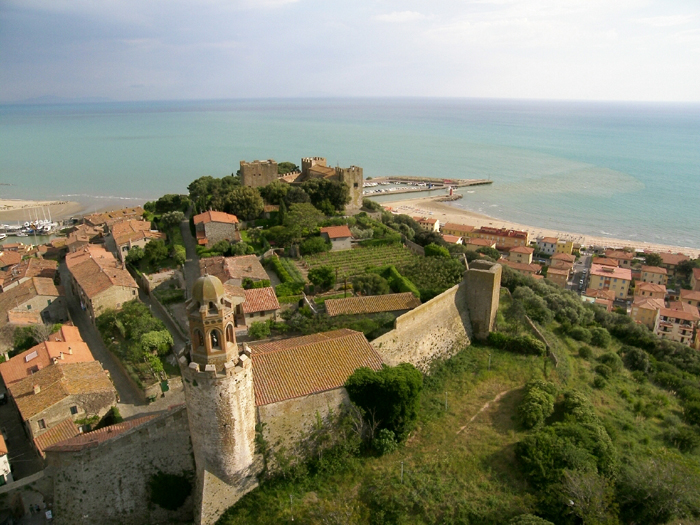
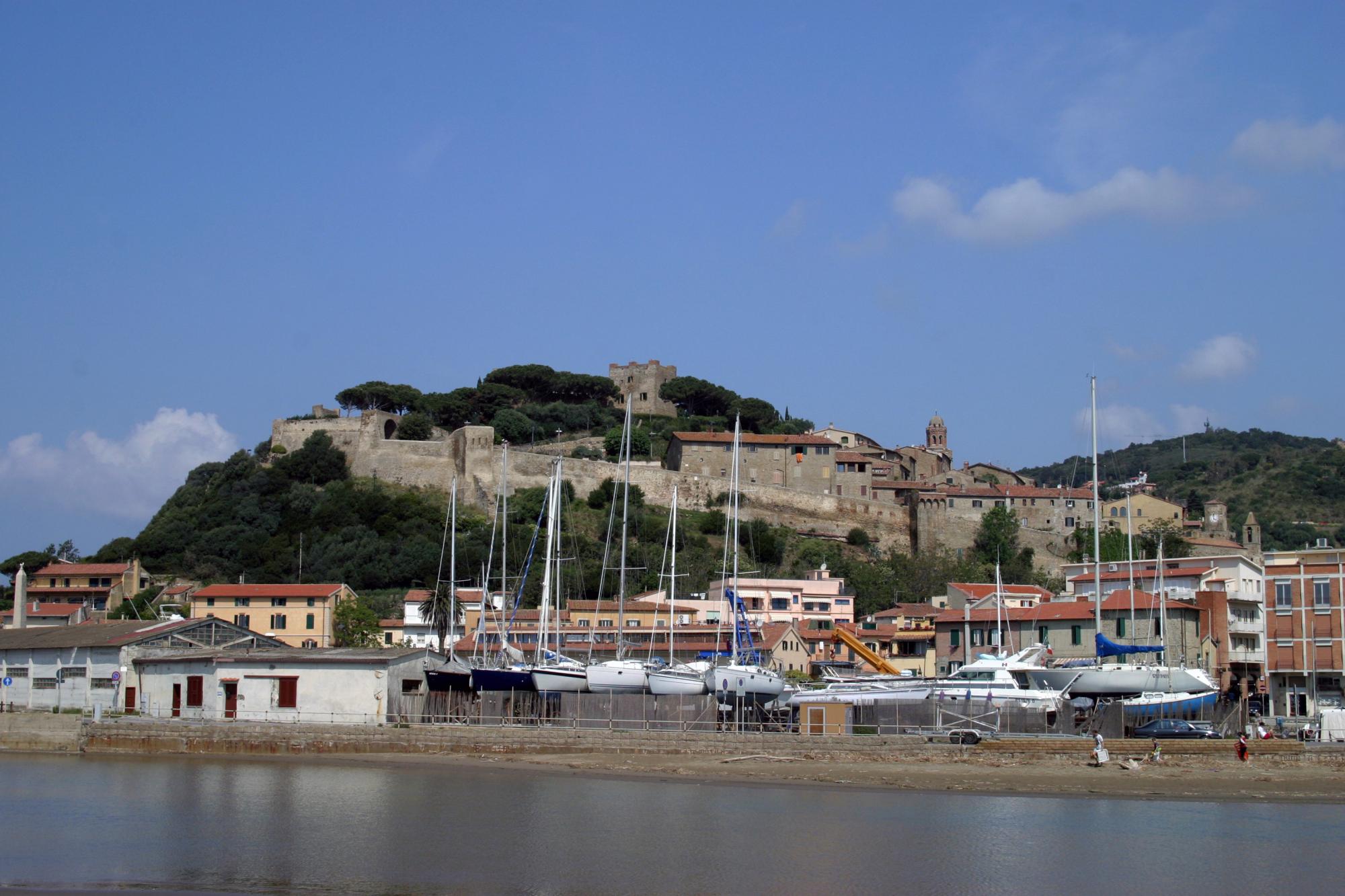

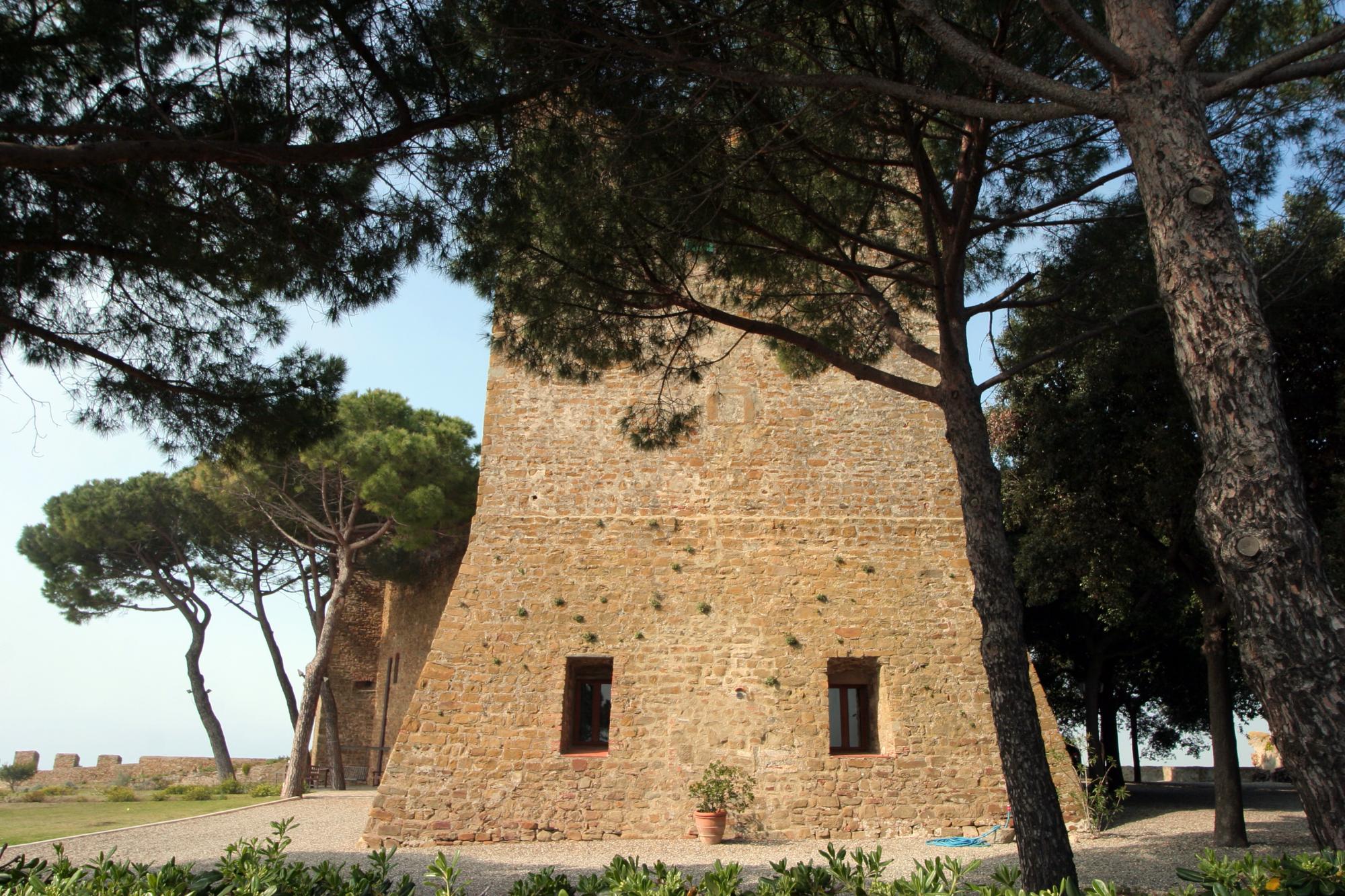
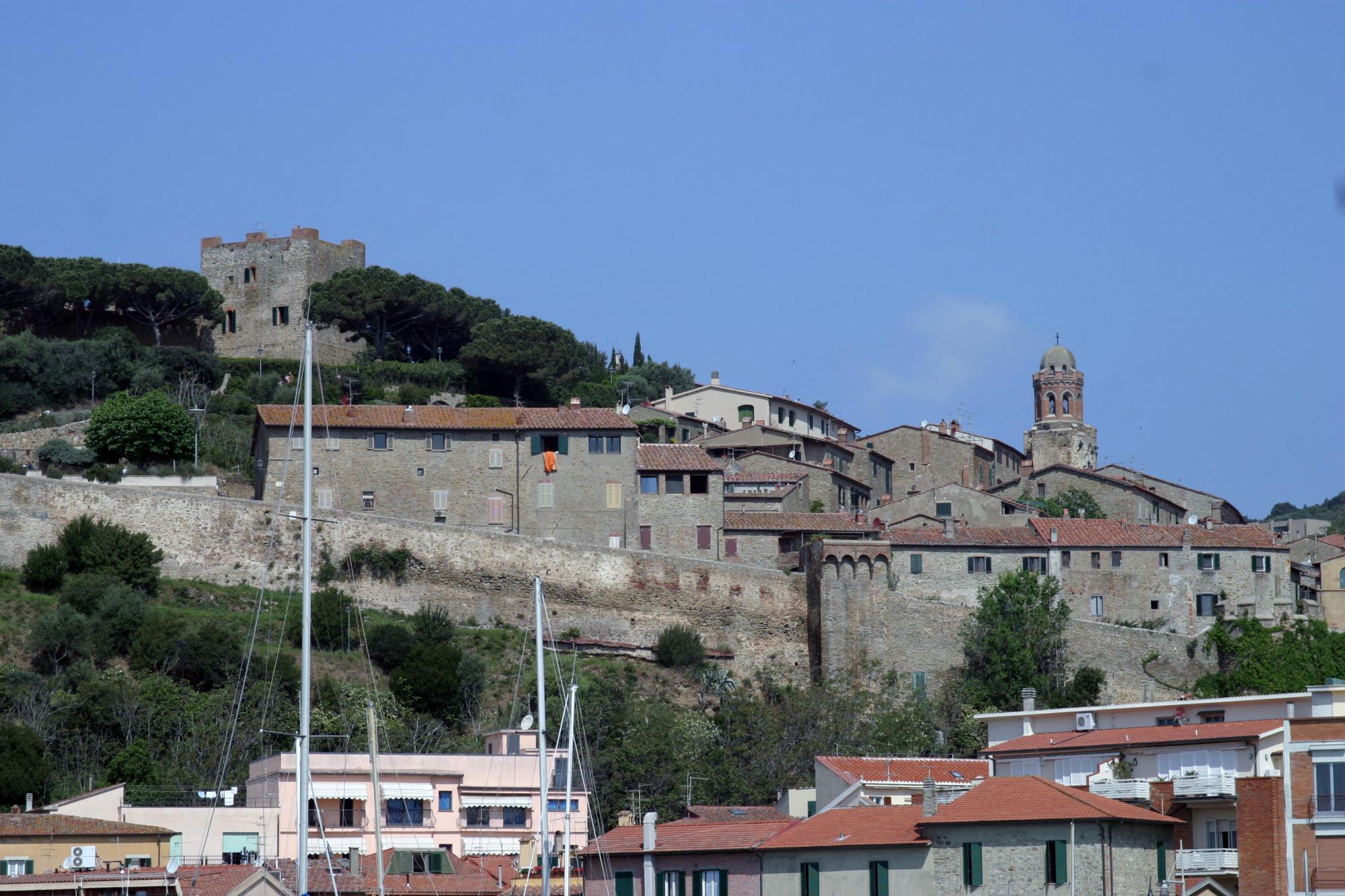
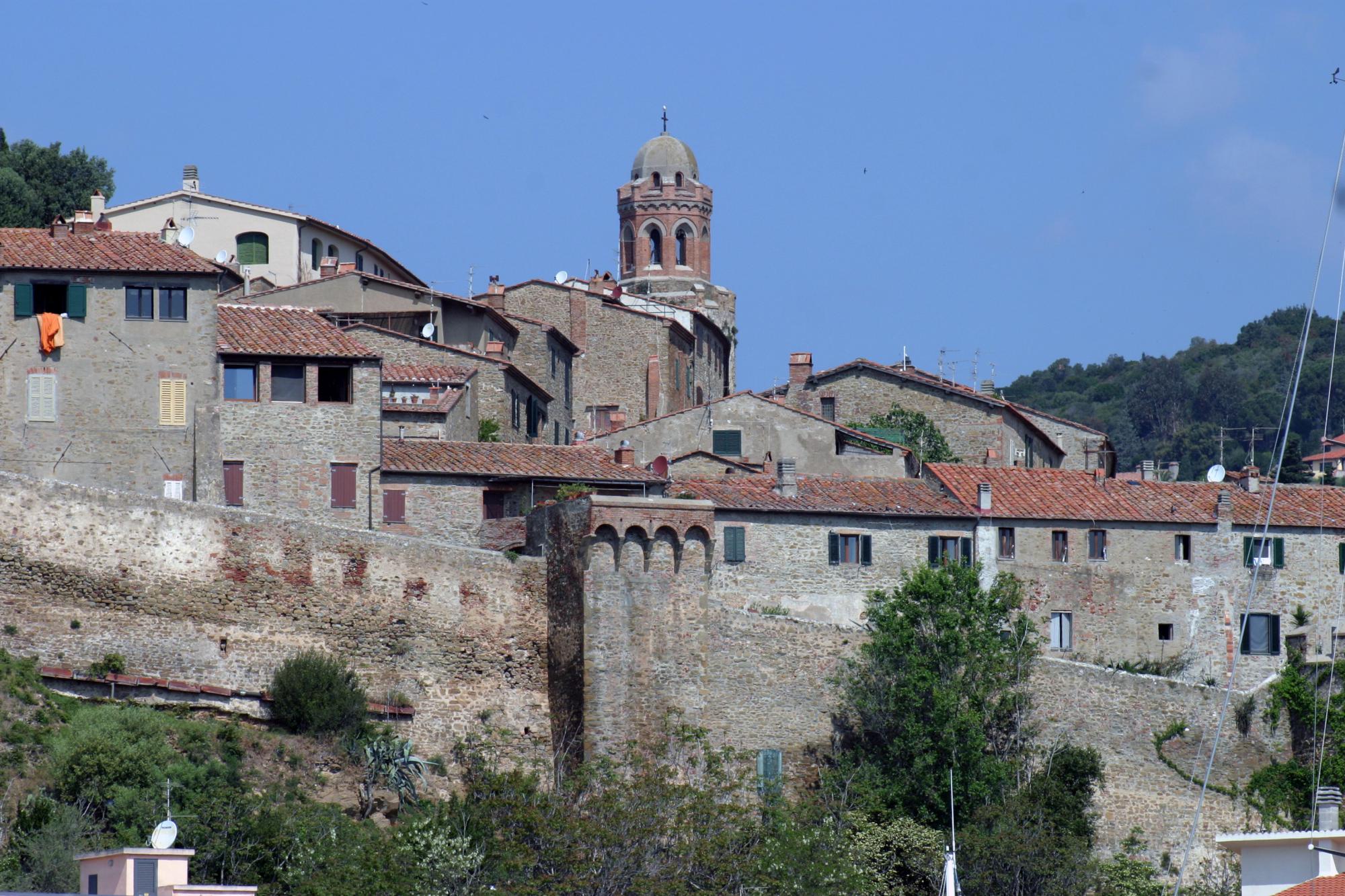
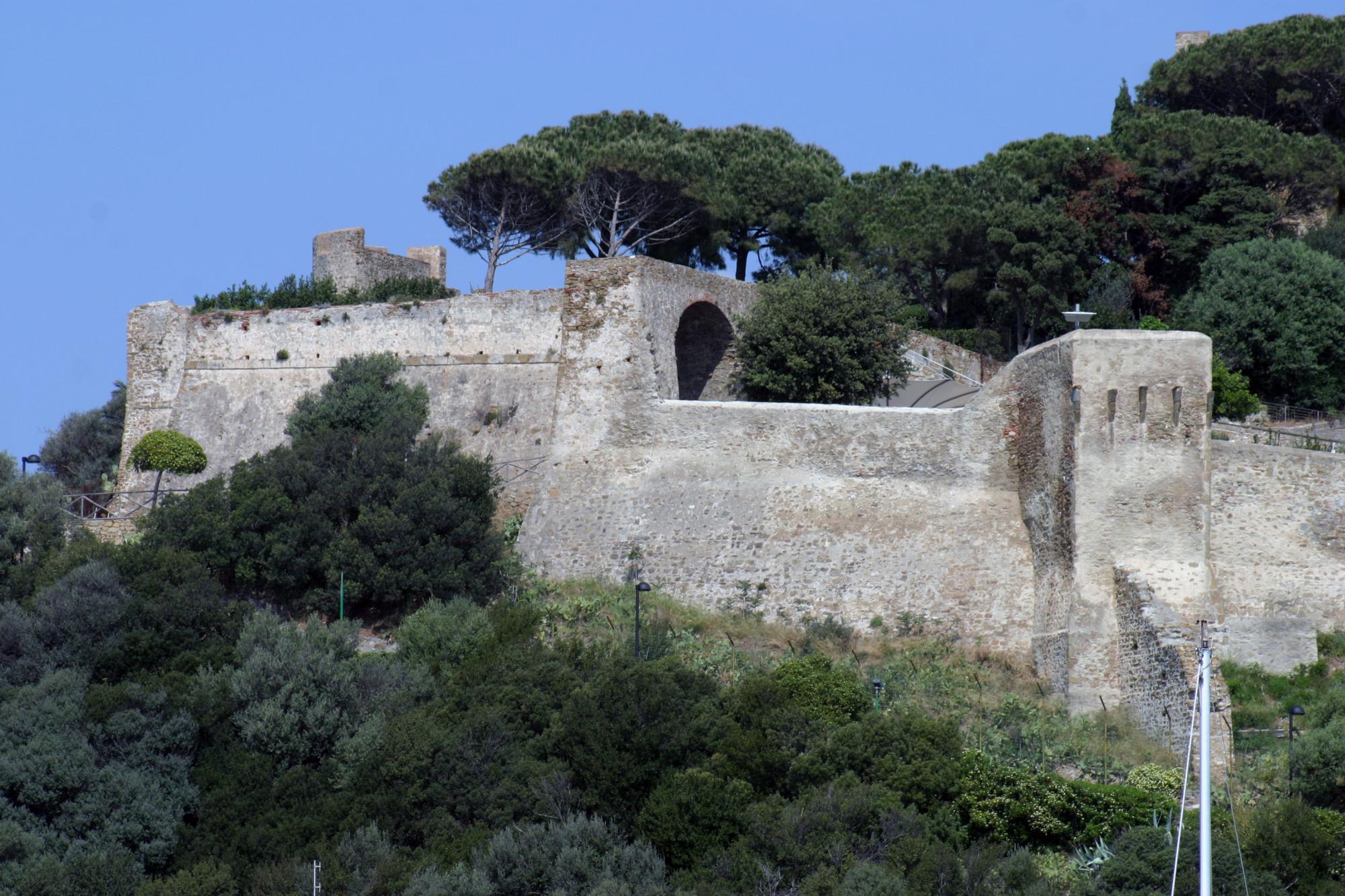


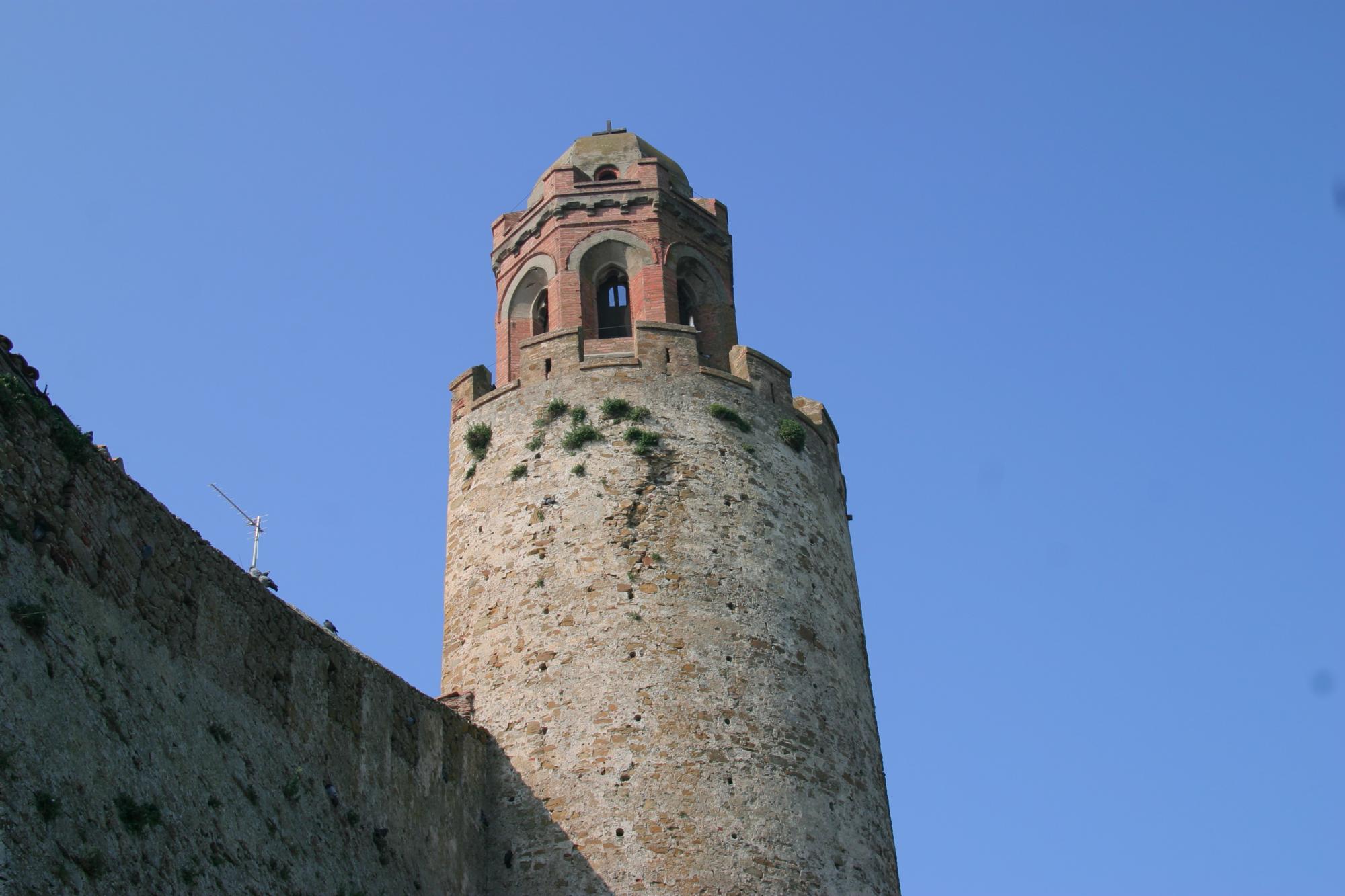
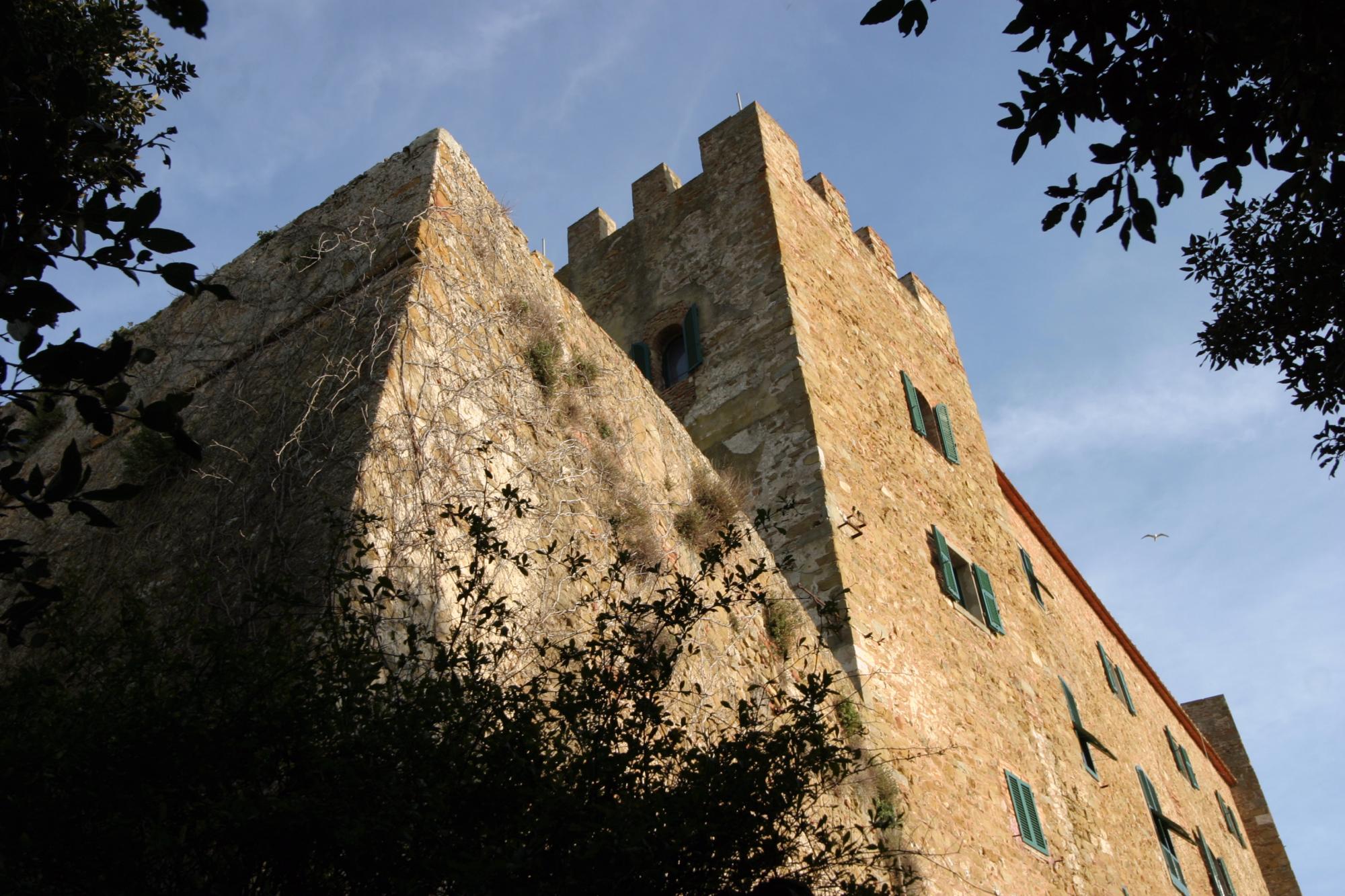
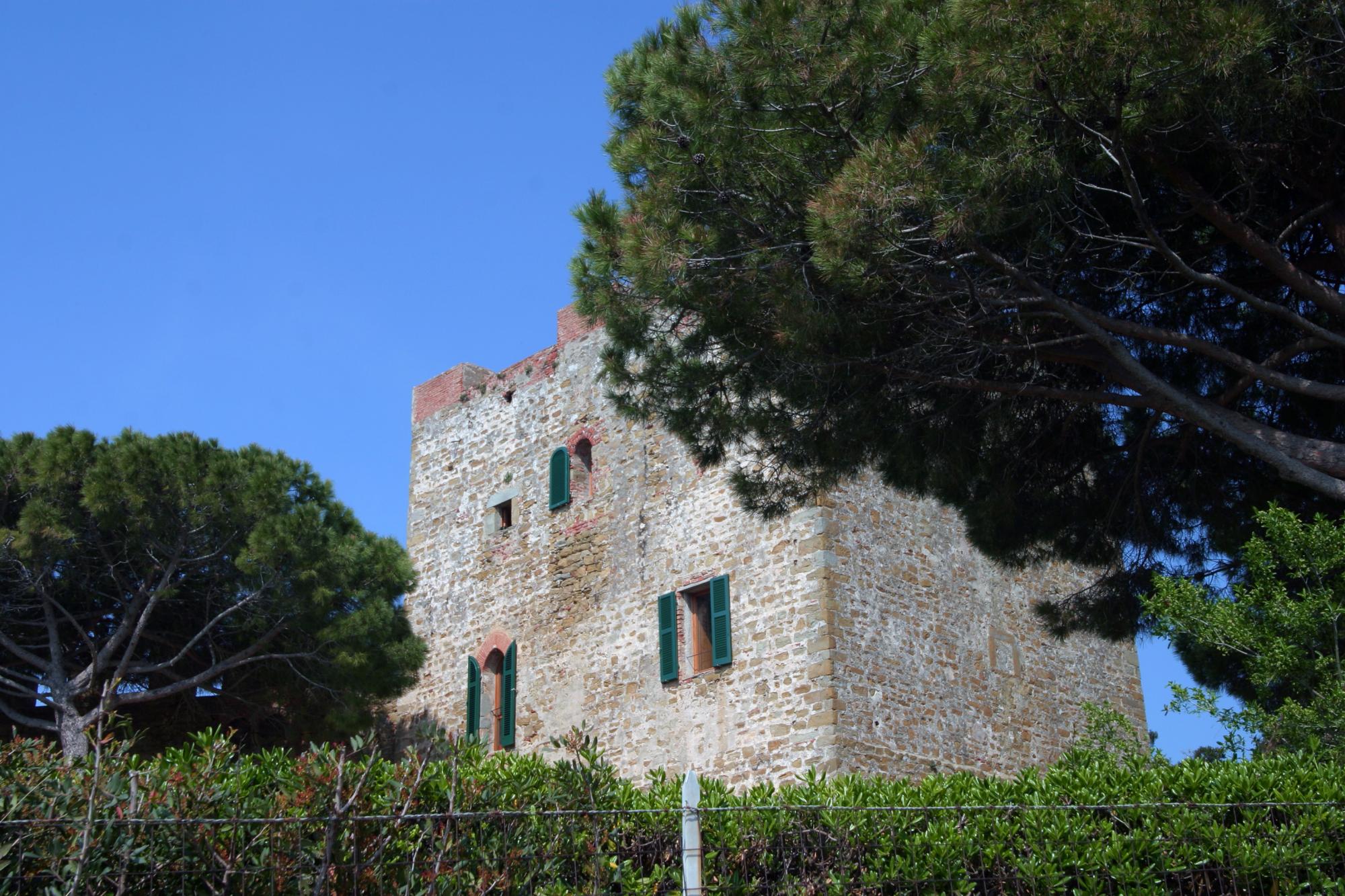
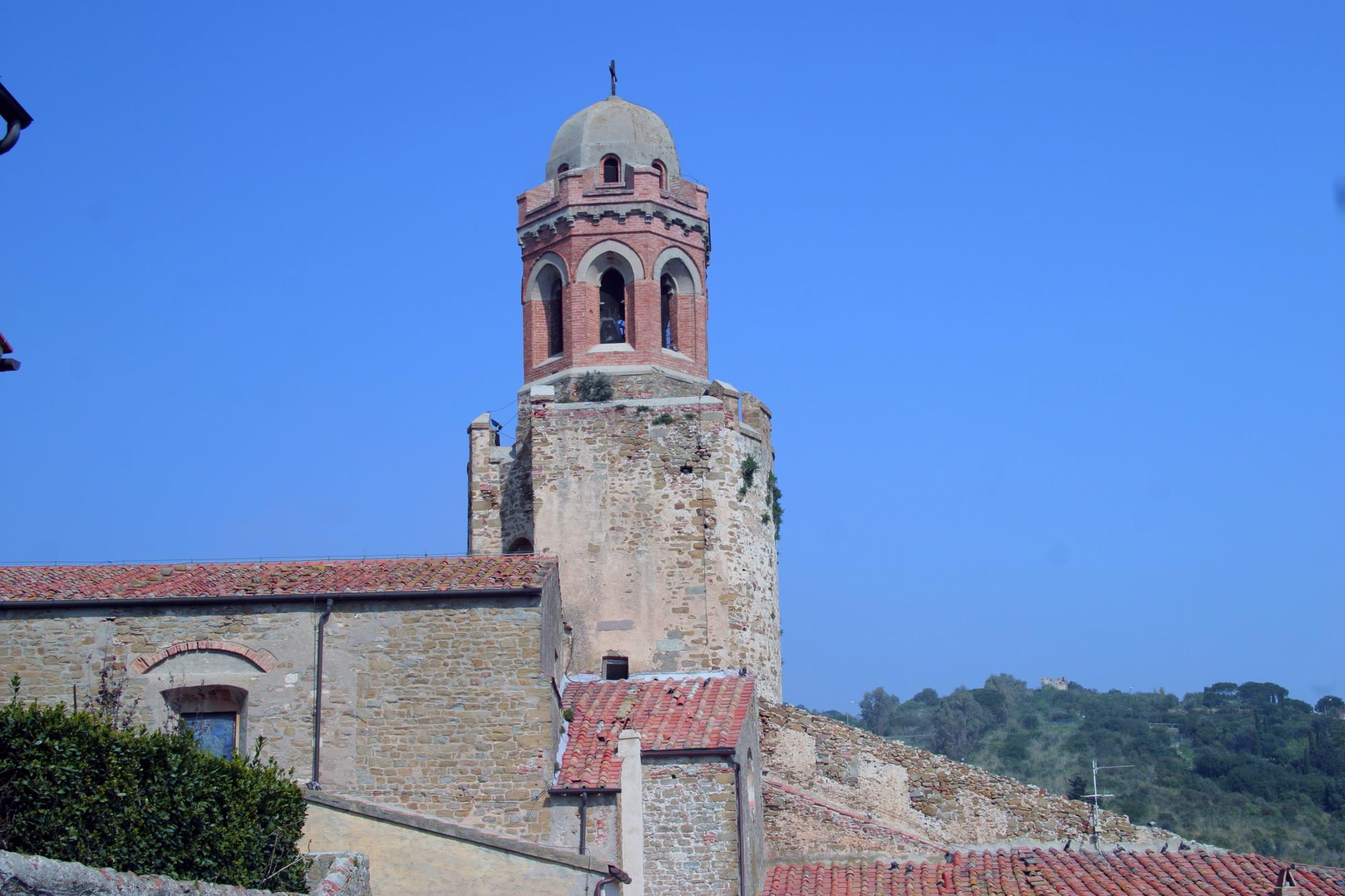
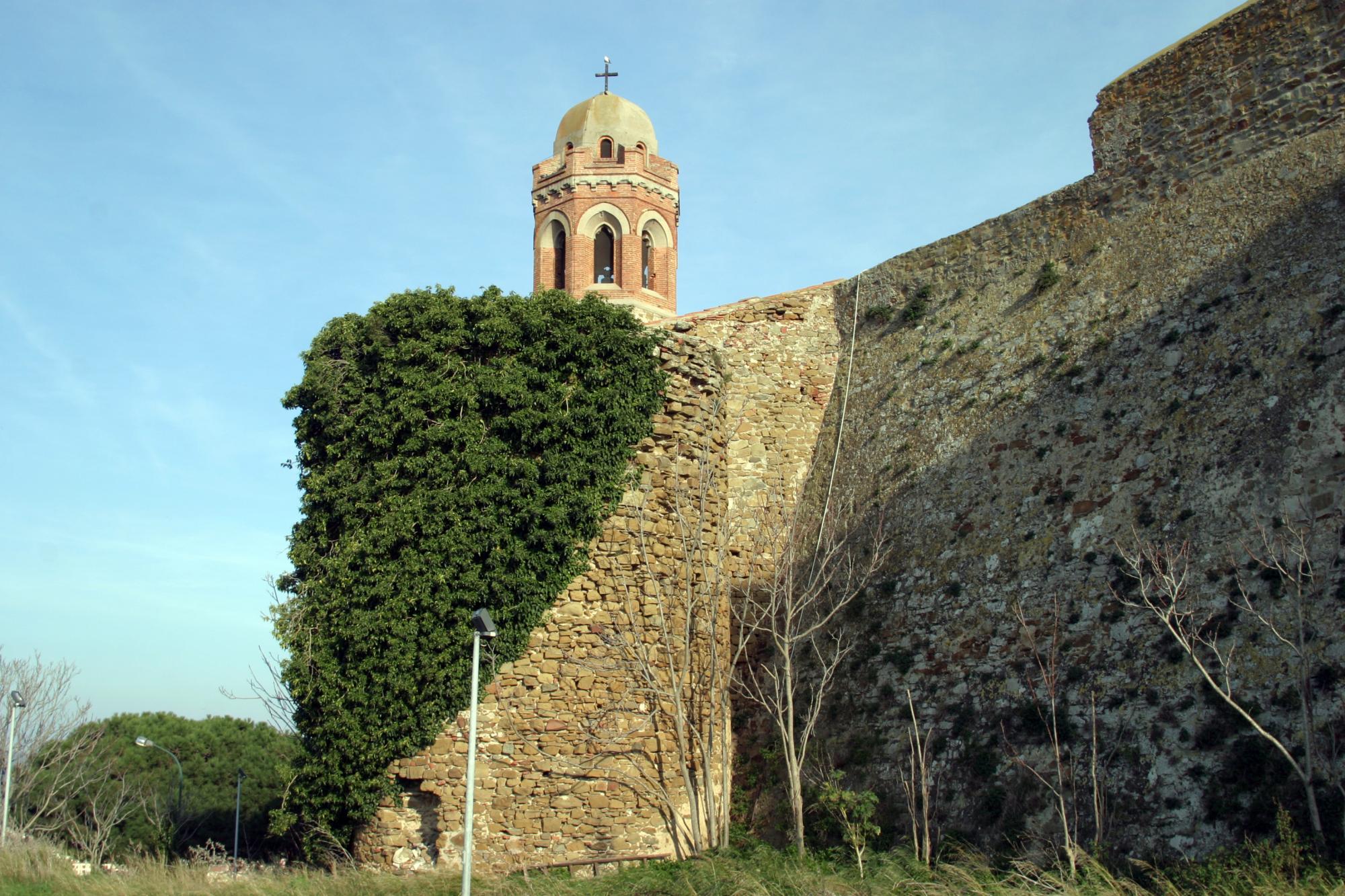
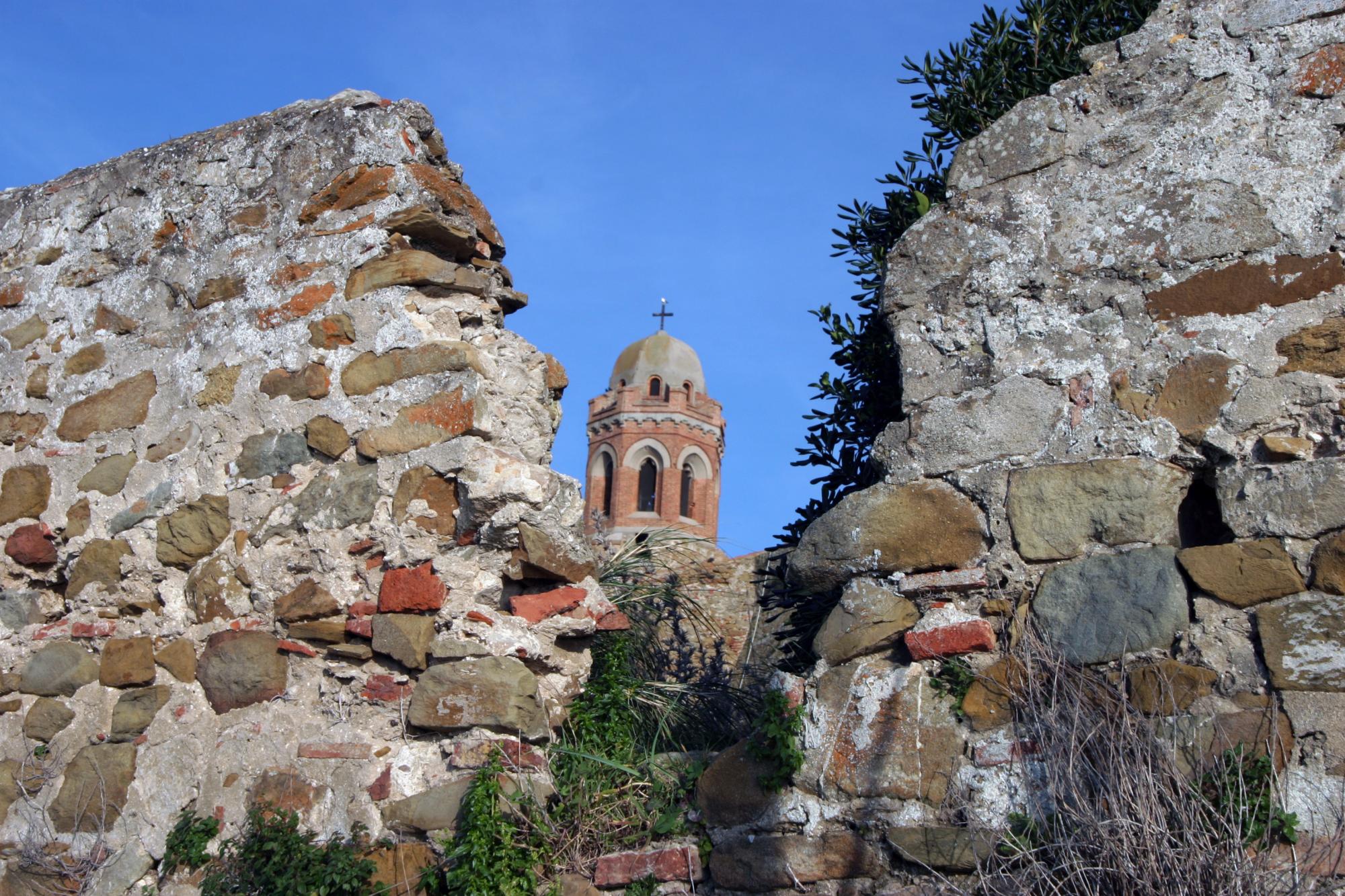
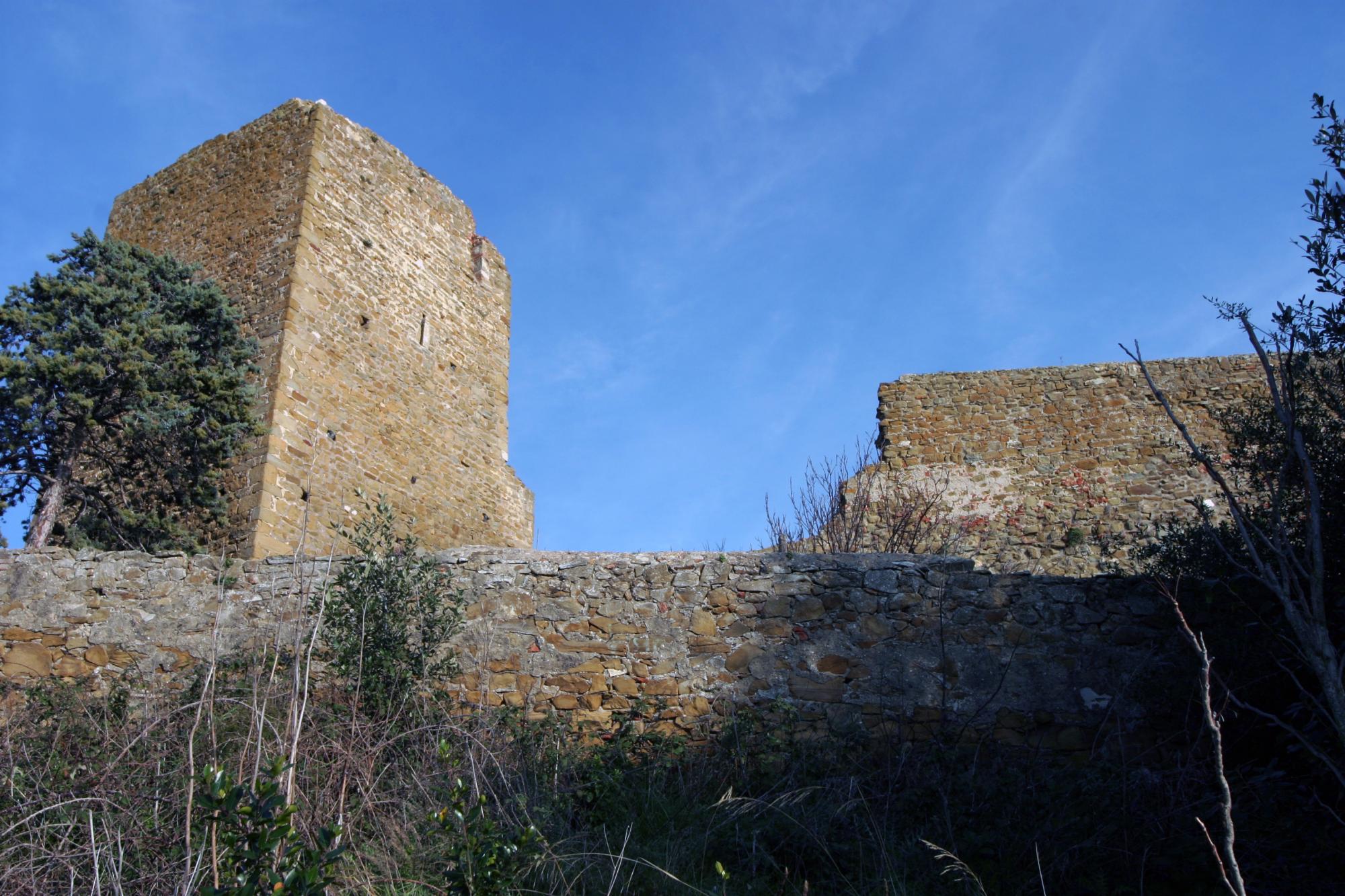

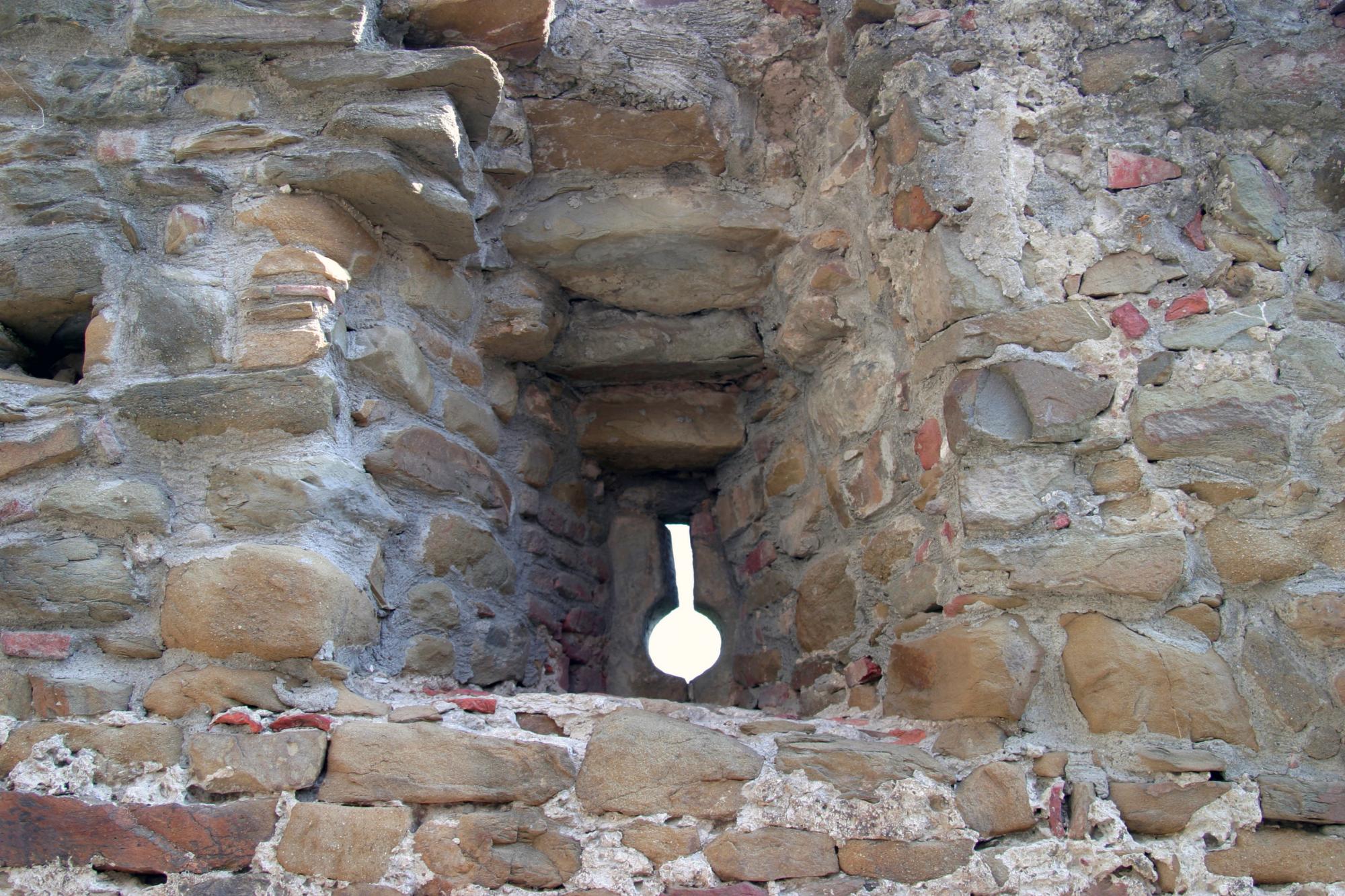
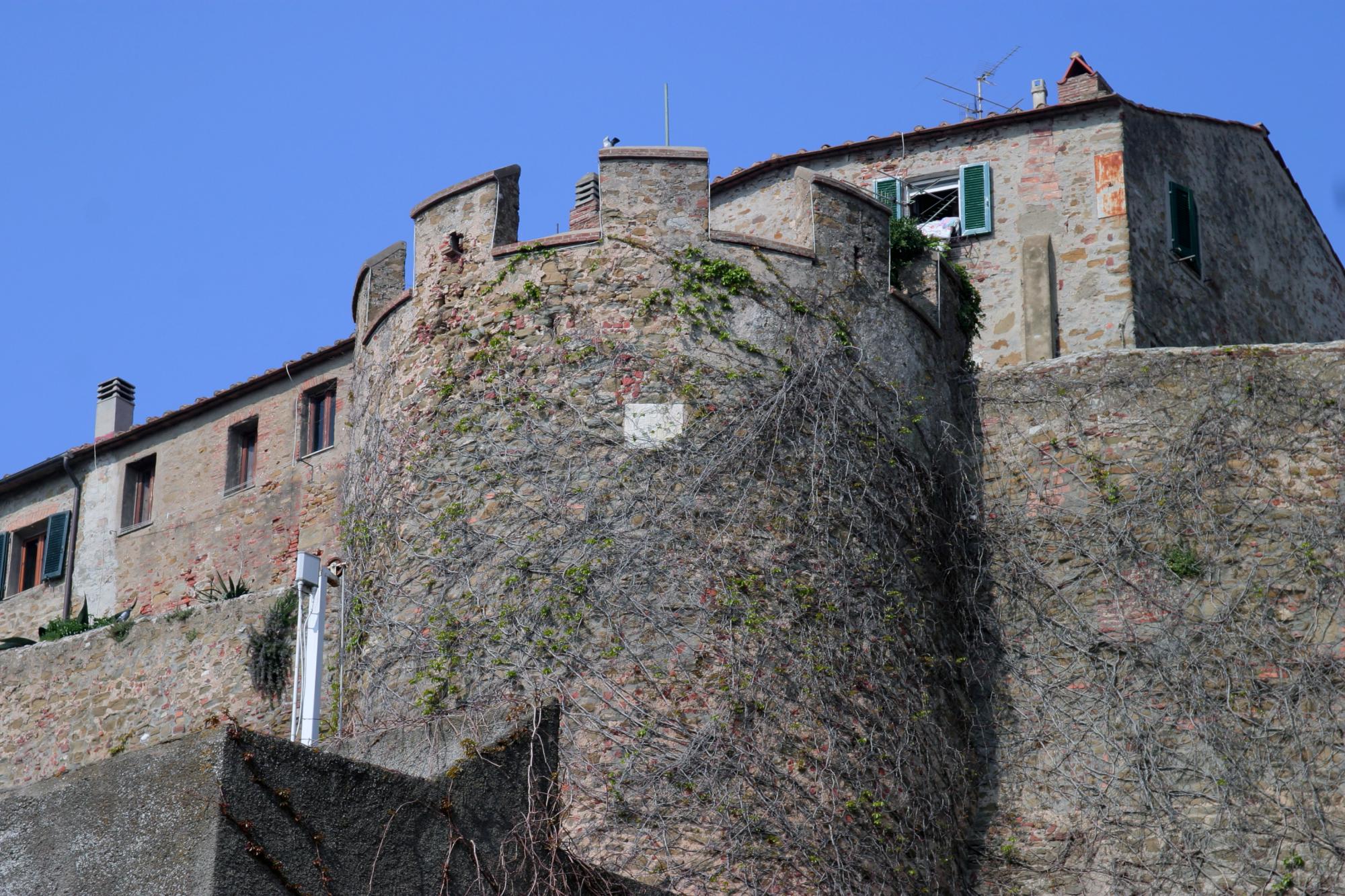

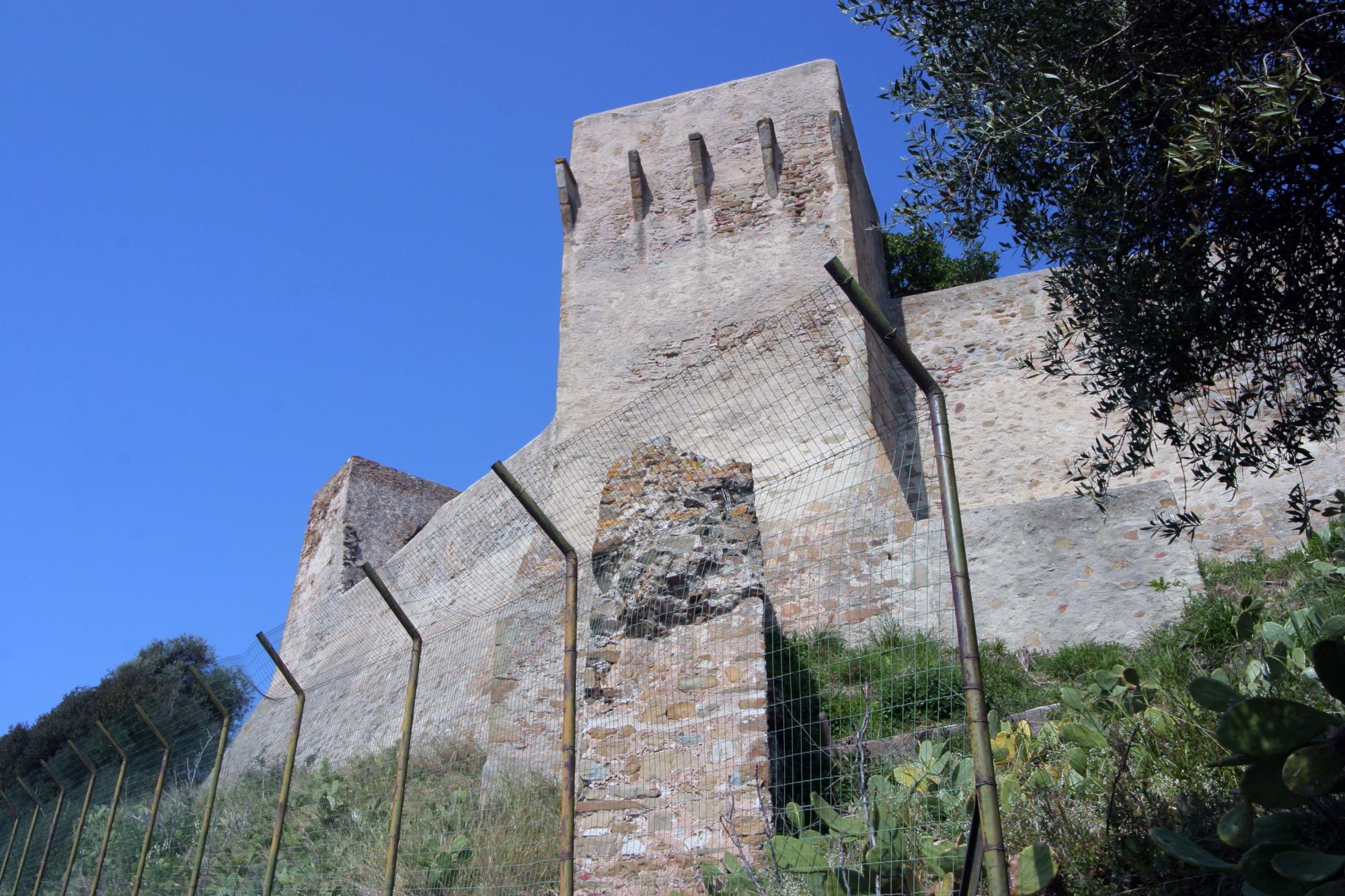

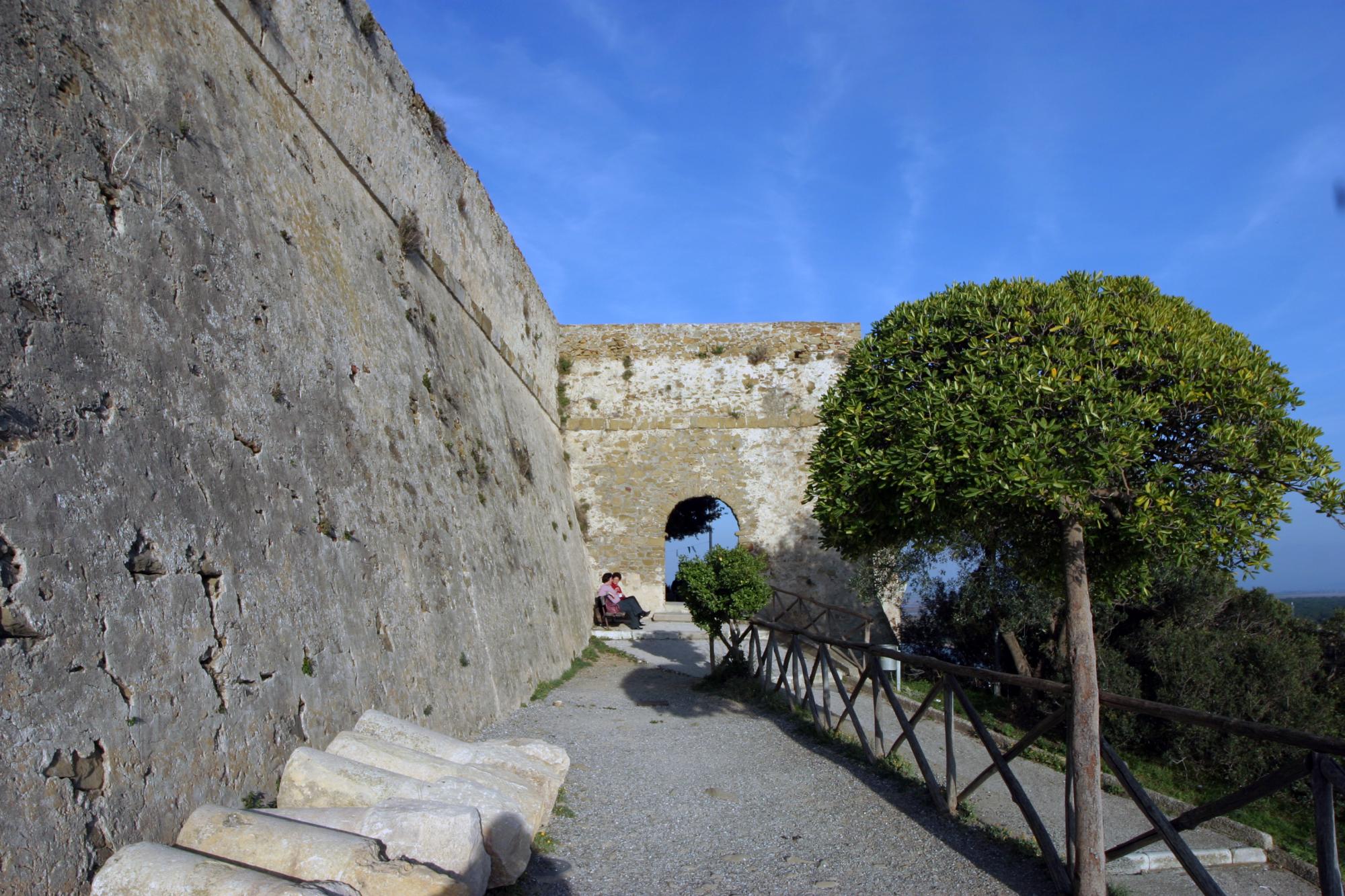
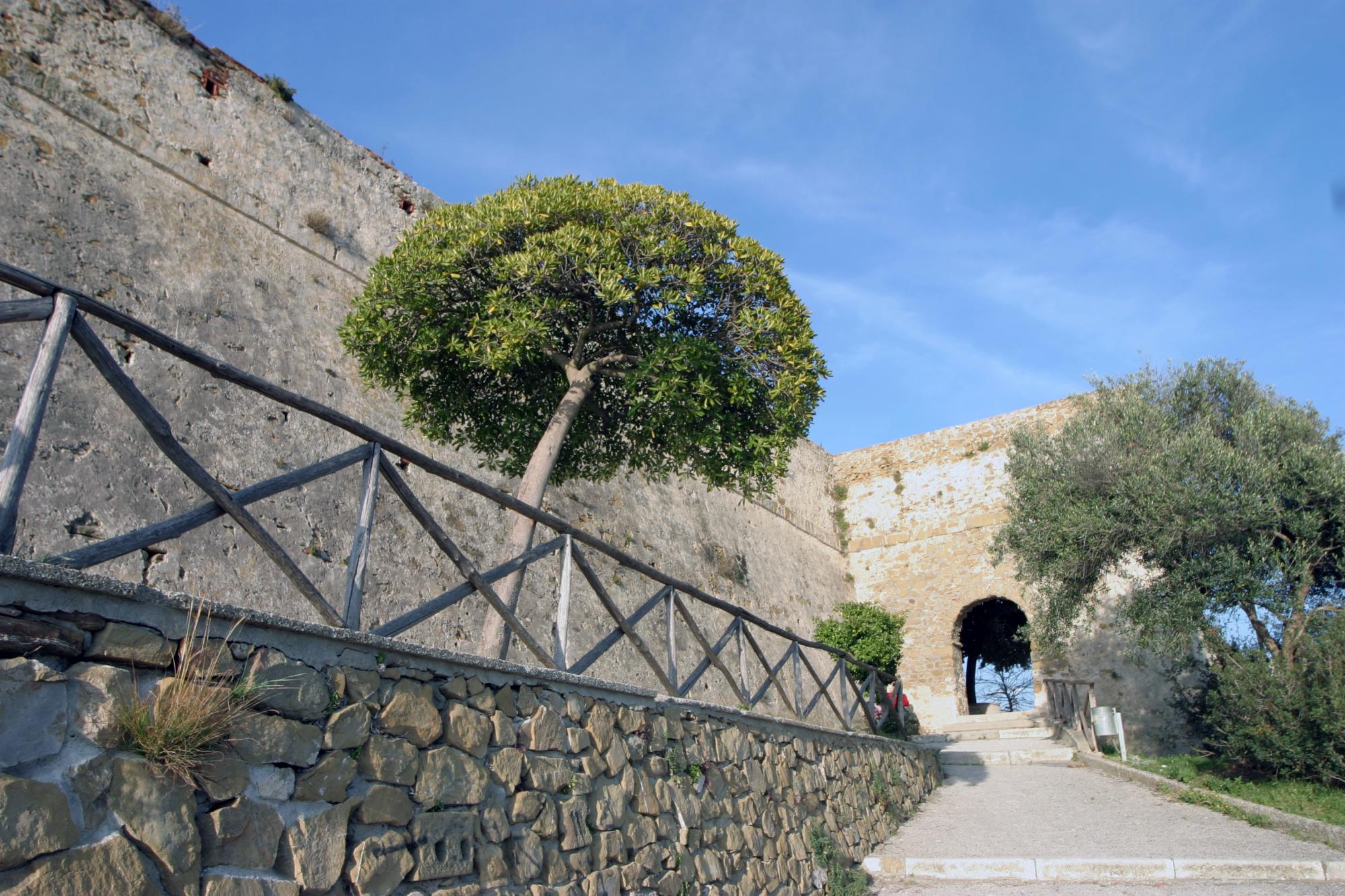
























How to reach
Castiglione della Pescaia, popular seaside resort on the coast of southern Tuscany (Maremma), can be easily reached following the SS223 road.
History
Castiglione della Pescaia was an important fortified settlement since Etruscan and Roman times. The coast and the channel port at the mouth of the river Bruna is dominated by the medieval walled town, still surrounded by high stone walls, located on the promontory crowned by the ancient castle. Across the river was the marshy and unhealthy Prile Lake, which has now disappeared due to the massive land drainage that began in the 18th century.
During the 11th century, the territory of Castiglione della Pescaia was under the control of Pisa, who fortified the village with walls and erected at the summit of the promontory the original core of the Castle, the 'Torre Pisana' with a square stone base, originally used as a watchtower toward the sea.
Even today, the village is clearly distinguished between 'Upper', medieval, and 'Lower', modern. The oldest was a third one, of which almost nothing remains, located in the plain, in a place called today 'Paduline'. Even of the walls of the Pisane lower part of the hamlet, there are few traces, except for the "Portaccia", the Lilli Tower, the Tower of Via Cristoforo Colombo, and the remains of another structure in Via delle Vacche.
After the Pisane domination, the country enjoyed a period of prosperity until it became a free city-state, for the 13th time. In 1300, the severe economic crisis and the pirate raids combined with the Black Plague of 1348, caused the abandonment of the lower village. The population moved to the upper zone around the castle, where fortifications were strengthened.
The town walls still reflect today the arrangement of 1400, partially modified by Cosimo I de 'Medici in 1500, with high walls linking 11 towers of different shapes (the Medieval square, circular or semi-circular of the Renaissance) and three gates.
The most important Gate is the so called 'Urbica', fortified and fitted with trap doors in 1608 by the Florentine architect Francesco Gatti. Near the church of San Giovanni Battista, whose bell is housed in one of the towers of the city walls, rises a second port, while the third, called "Porta a Mare", was a small postern enlarged in modern times, from which you can enjoy a splendid view over the sea.
Evident, though not viable, are the wall-walks, with loopholes and sharpshooters, and in some parts, the original Guelph crenellation. The castle, located at the north-west corner of the wall, was enlarged in the 15th century, by the Spanish, with the construction of a wall that joined the Torre Pisana to two towers of the walls, so delimiting the inner courtyard.
The entire complex (now privately owned and not open to the public) has been restructured in the following centuries, first with Lorraine in the late eighteenth and early twentieth century by the architect Lorenzo Porciatti. After a brief period under the control of the Piccolomini of Siena to the mid-sixteenth century, the town was temporarily conquered by the Spanish before joining the Grand Duchy of Tuscany. The loss of strategic importance led to the decline of Castiglione as fortified stronghold.